1. The Importance of Safe Wildlife Relocation
When wildlife such as skunks, opossums, and birds find their way into urban or suburban areas, it can cause stress and safety concerns for both humans and animals. Relocating wildlife safely is essential to ensure the well-being of these creatures and to avoid potential harm or damage. This article provides a step-by-step guide on how to relocate these animals without causing injury or further disruption to the local ecosystem.
2. Key Considerations Before Relocating Wildlife
- 2.1 Check Local Wildlife Relocation Laws
- 2.2 Evaluate the Situation Carefully
- 2.3 Prepare a Safe Relocation Area
- 2.4 How to Handle Skunk Relocation
- 2.5 How to Handle Opossum Relocation
- 2.6 How to Handle Bird Relocation
2.1 Check Local Wildlife Relocation Laws
Before attempting to relocate any wildlife, it is important to check local regulations regarding wildlife relocation. In many states, it is illegal to relocate certain animals without the proper permits or professional assistance. Relocating wildlife without following these regulations can result in fines and legal repercussions. Always consult local wildlife authorities or a licensed pest control professional to ensure you're compliant with the law.
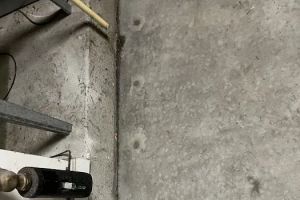
Southern Defense Pest Control
Fort MillYork CountySouth Carolina
1646 SC-160 Suite 105 313, Fort Mill, SC 29708, USA
2.2 Evaluate the Situation Carefully
Before deciding to relocate an animal, evaluate the situation to determine if relocation is the best option. Sometimes, the animal may be a temporary visitor or a young creature that is simply exploring its surroundings. If the animal is not posing a significant threat or causing damage, it may be better to leave it alone. However, if the animal is creating a risk to human safety or causing harm to property, relocation may be necessary.
2.3 Prepare a Safe Relocation Area
Choosing the right relocation area is critical to ensure the animal's safety after it has been relocated. It is important to choose a location that is far enough away from human activity but still provides the resources the animal needs to survive, such as food and shelter. Ensure that the area is suitable for the specific animal's needs and that it is a natural habitat. For example, skunks and opossums may require forested or rural areas to thrive.
2.4 How to Handle Skunk Relocation
Relocating a skunk requires careful planning, as they are known for their potent odor defense. When handling a skunk, it is important to wear protective gear such as gloves and to approach the animal calmly. Place the skunk in a humane trap and transport it to the prepared relocation site. Avoid sudden movements, and release the skunk at dusk or dawn, when it is least likely to encounter other predators. If you're unsure, it's best to contact a professional wildlife control service, as skunks can become aggressive when frightened.
2.5 How to Handle Opossum Relocation
Opossums are relatively calm creatures, but they can become defensive if they feel threatened. Relocating an opossum involves using a live trap, as they are nocturnal and may be difficult to catch during the day. It's essential to check the trap frequently to avoid causing stress to the animal. Once captured, opossums should be transported to a quiet, wooded area or a suitable rural location where they can find food and shelter. Never attempt to handle an opossum directly, as they can bite if provoked.
2.6 How to Handle Bird Relocation
Birds are often found in attics or on rooftops, and their relocation should be done with care to avoid harm. When relocating birds, it's important to ensure that the bird is not injured or sick. If you find a bird trapped inside your home, try to open windows or doors to allow the bird to fly out on its own. If the bird is unable to escape, you may need to carefully capture it in a box or cage and transport it to a safe outdoor location. Always avoid handling birds with your bare hands, as this can cause unnecessary stress to the bird.
3. Case Study: A Successful Relocation of Wildlife
Let’s consider the case of Jane, a homeowner in the suburbs who discovered a family of skunks living under her porch. She was concerned about the potential smell and the risk of them becoming aggressive. After researching wildlife relocation laws, she contacted a professional wildlife control service to handle the relocation process. The team used humane traps and relocated the skunks to a forested area far from her home. Since then, Jane hasn’t had any issues with wildlife in her yard, and the skunks are now thriving in their new habitat.
Through careful planning, professional advice, and following proper protocols, Jane was able to resolve her wildlife issue without harm to the animals or her property. This case emphasizes the importance of professional assistance and the benefits of safe wildlife relocation.
If you’re dealing with wildlife issues or need advice on safe relocation methods, consider visiting PestControlHub for expert solutions and the best products and services to handle your needs.


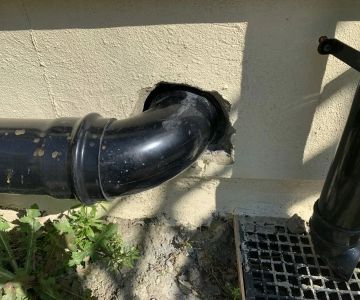
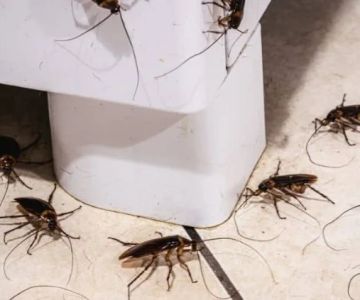
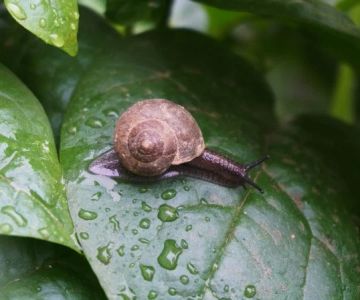
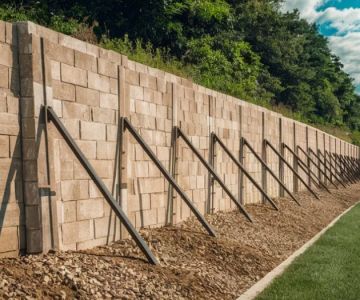
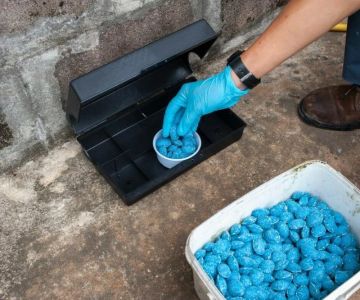
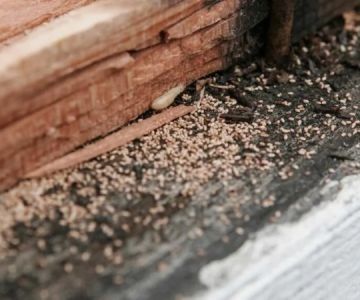
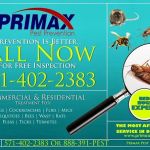 Primax Pest Control3.0 (11 reviews)
Primax Pest Control3.0 (11 reviews)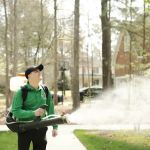 Mosquito Joe of Kentuckiana4.0 (98 reviews)
Mosquito Joe of Kentuckiana4.0 (98 reviews) Presto-X Pest Control0.0 (0 reviews)
Presto-X Pest Control0.0 (0 reviews)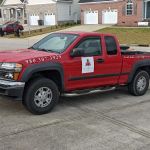 St. Peter Pest Control5.0 (42 reviews)
St. Peter Pest Control5.0 (42 reviews) No'squito Pest Solutions5.0 (90 reviews)
No'squito Pest Solutions5.0 (90 reviews)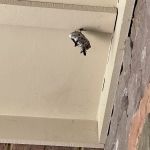 Northwest Exterminating - Laurens4.0 (101 reviews)
Northwest Exterminating - Laurens4.0 (101 reviews)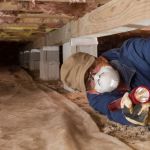 How to Use Preventative Barriers in Crawlspaces – Expert Home Protection Guide
How to Use Preventative Barriers in Crawlspaces – Expert Home Protection Guide How to Clean Surfaces After Pest Treatments – A Complete Guide
How to Clean Surfaces After Pest Treatments – A Complete Guide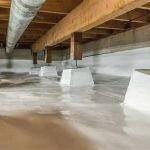 How to Use Traps in Crawlspaces Safely: A Comprehensive Guide
How to Use Traps in Crawlspaces Safely: A Comprehensive Guide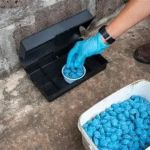 How to Use Tamper-Resistant Bait Stations: A Guide for Effective Pest Control
How to Use Tamper-Resistant Bait Stations: A Guide for Effective Pest Control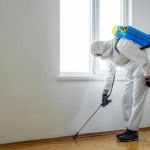 How to Choose Between Different Pest Control Methods: A Complete Guide
How to Choose Between Different Pest Control Methods: A Complete Guide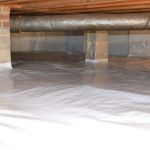 How to Keep Crawlspaces Dry and Pest-Free: Essential Tips
How to Keep Crawlspaces Dry and Pest-Free: Essential Tips